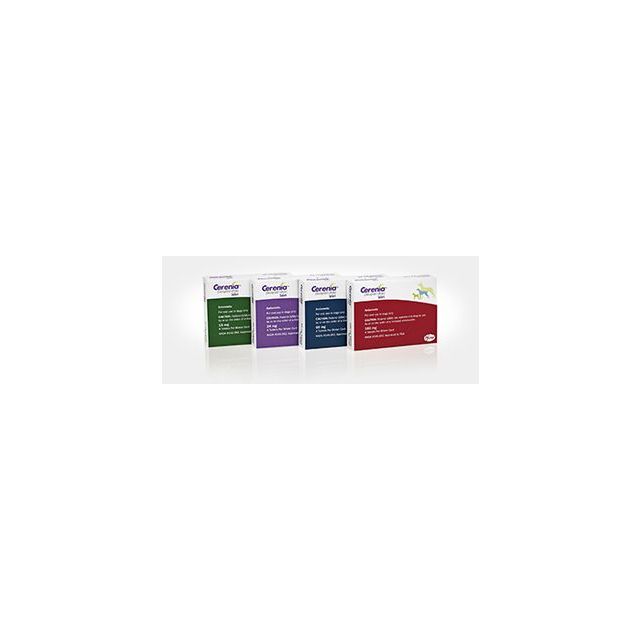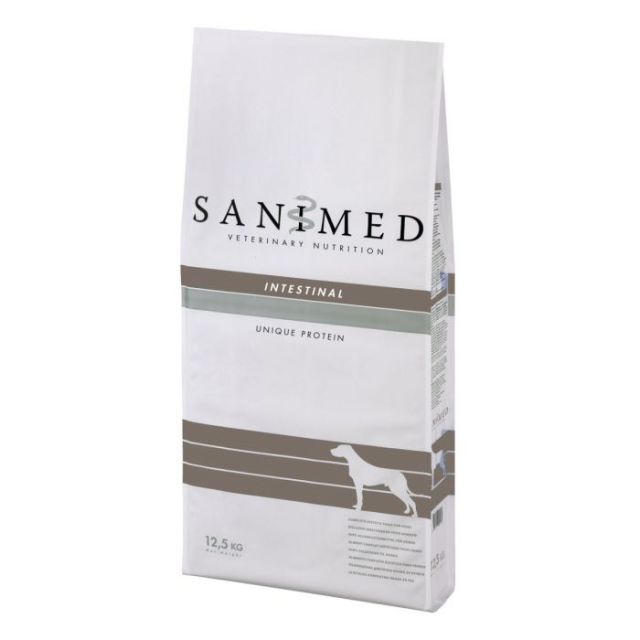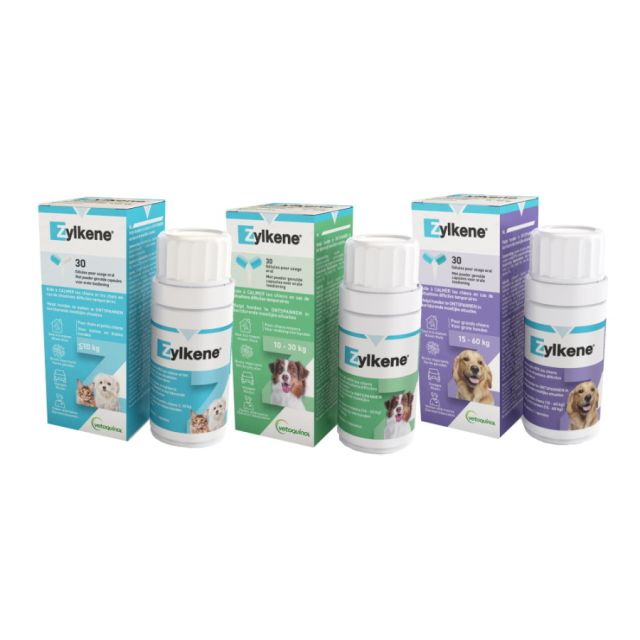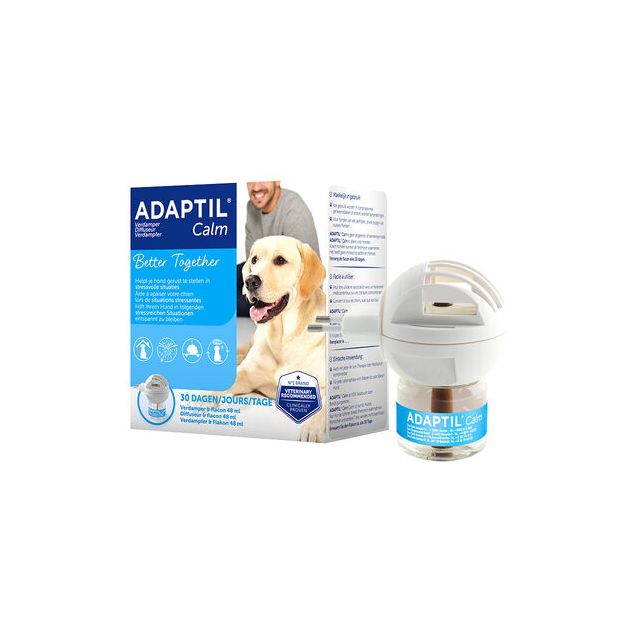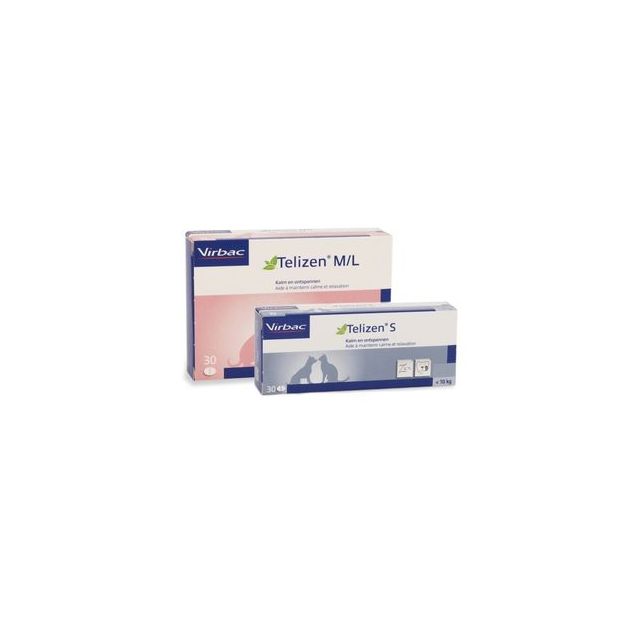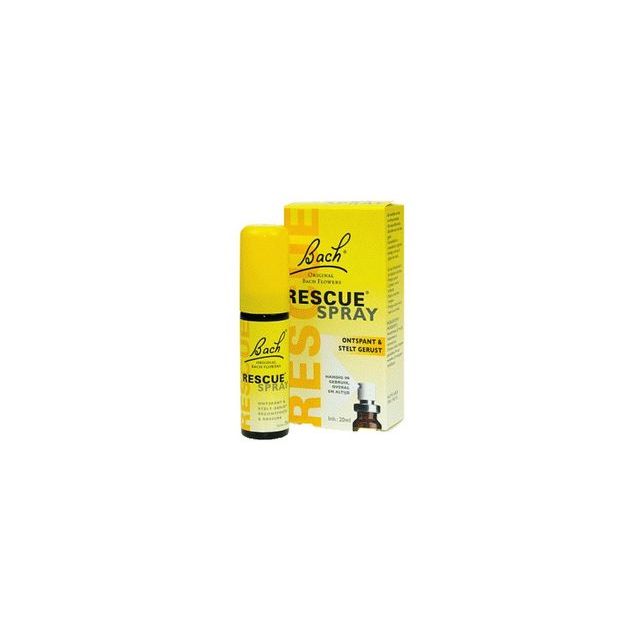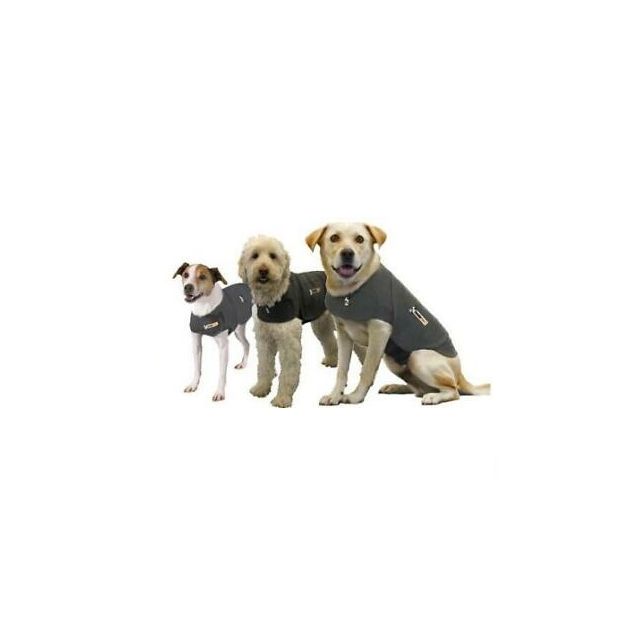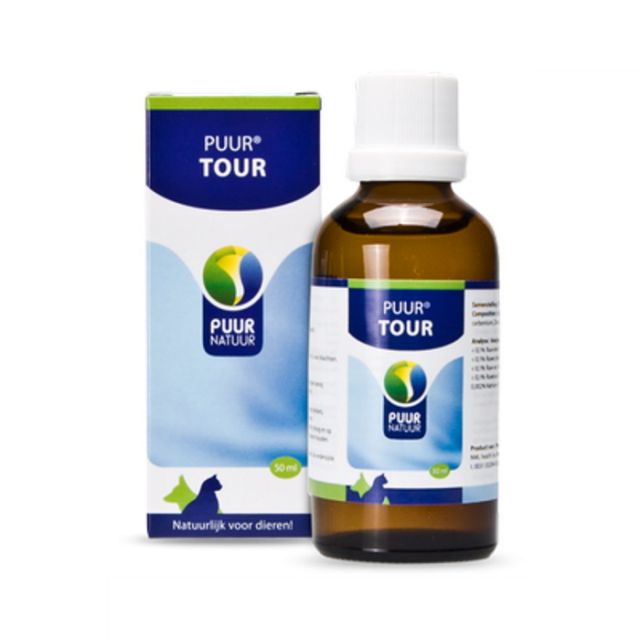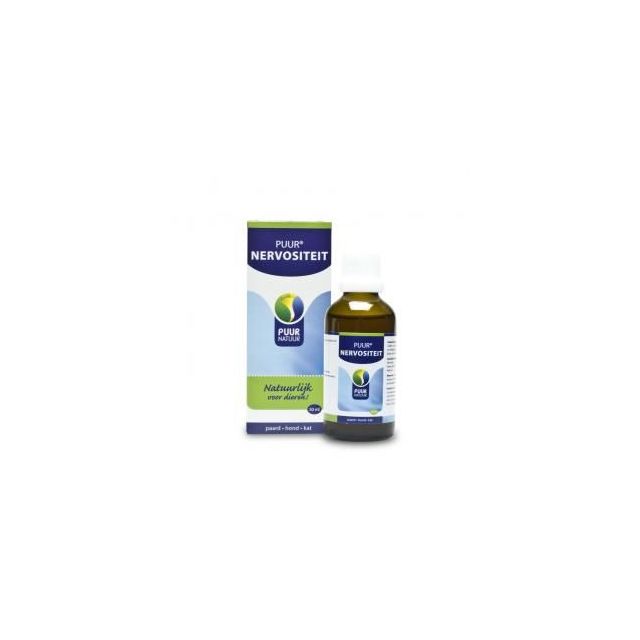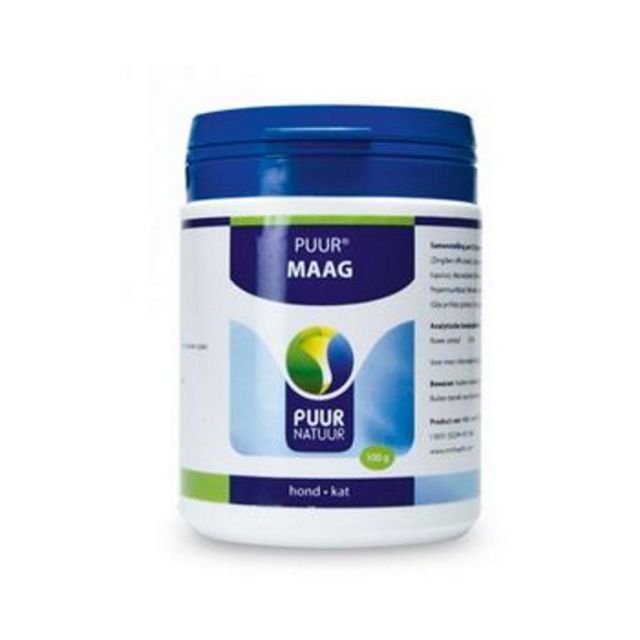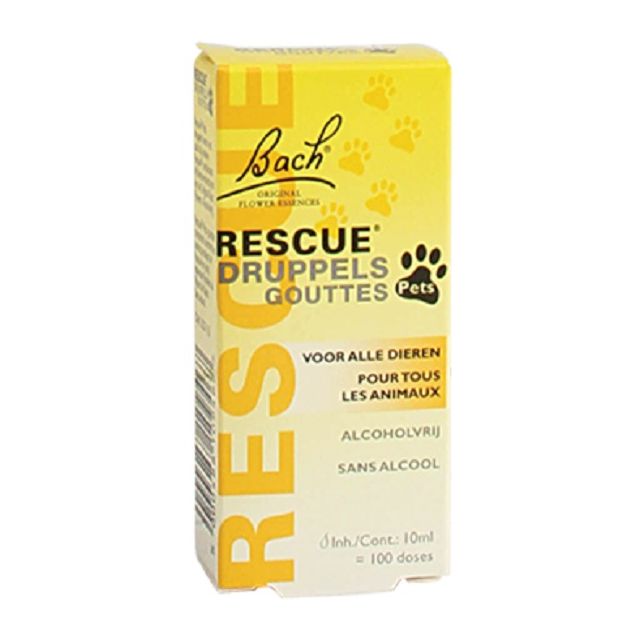Cerenia
Cerenia tablets are intended for dogs. This medication is suitable for:
- the prevention of nausea caused by chemotherapy;
- the prevention of vomiting, including vomiting caused by motion sickness;
- the treatment of vomiting.
Cerenia is only available with a prescription from your veterinarian and is available in 16 mg, 24 mg, 60 mg, and 160 mg tablets. Cerenia is not registered for use in cats.
How Cerenia Works
The active ingredient in this medication is maropitant. Vomiting is a complex process that is coordinated by the vomiting center in the brain. Maropitant inhibits this process in the vomiting center of the dog’s brain and thus works against vomiting.
Cerenia for Nausea and Vomiting
Vomiting can have various causes. Occasional vomiting is usually not a big issue, but if your dog frequently suffers from gastric issues or continues to vomit, it can be an important symptom of an underlying illness. Vomiting causes your dog to lose a lot of fluids and essential salts, which can quickly weaken them. Your dog should always be examined by a veterinarian before Cerenia is administered for vomiting.
If the vomiting is caused by a bowel obstruction, Cerenia could mask the symptoms, potentially leading to serious health consequences for your dog. Therefore, the veterinarian will always check for a bowel obstruction before using Cerenia. Often, additional treatment (such as dietary measures, fluid infusion, or antacid medications) is needed alongside Cerenia. Giving tablets to a dog that is vomiting carries the risk of the tablet being vomited up. Therefore, in many cases, the veterinarian will administer Cerenia via injection to suppress the vomiting reflex.
The Dosage of Cerenia for Nausea and Vomiting
The dosage of Cerenia for nausea and vomiting differs from that used for the prevention of motion sickness.
For the treatment or prevention of vomiting, Cerenia tablets should be administered once daily in a dose of 2 mg maropitant per kg body weight for dogs aged 8 weeks or older, according to the table below.
|
Prevention of nausea caused by chemotherapy |
|||
|
Dog’s body weight (kg) |
Number of tablets |
||
|
16 mg |
24 mg |
60 mg |
|
|
3.0-4.0 |
½ |
|
|
|
4.1-8.0 |
1 |
|
|
|
8.1-12.0 |
|
1 |
|
|
12.1-24.0 |
|
2 |
|
|
24.1-30.0 |
|
|
1 |
|
30.1-60.0 |
|
|
2 |
For the prevention of vomiting during chemotherapy, such as Palladia, the tablets should be administered at least 1 hour in advance. Since the effect of Cerenia lasts about 24 hours, the tablets can be given the evening before chemotherapy. Cerenia tablets should not be given with food, as this can delay the tablet's dissolution and thus the onset of action.
Other Tips for Vomiting and Nausea
Frequent vomiting is never normal. Therefore, it is important to visit your veterinarian if your dog vomits more often. As long as your dog is active, eating and drinking well, and not continuously vomiting, you can try the following:
-
Give multiple meals per day: If your dog vomits bile (yellow fluid) at night or early in the morning, an extra meal just before bedtime can sometimes help. A long period of an empty stomach can cause vomiting. In any case, giving multiple smaller portions is less taxing for dogs with a sensitive stomach.
-
High-quality and properly stored food: Pay attention to how food is stored. Spoilage can occur, especially with raw food or canned food that has been open for more than two or three days or stored outside the fridge. A light-digesting food such as Sanimed Intestinal supports your dog's digestion.
-
Prevent your dog from eating from the street.
-
Prevent your dog from eating grass: Grass is sharp and can irritate the stomach lining, causing vomiting. This can lead to a vicious cycle of nausea and eating more grass. Break this cycle by preventing your dog from eating grass.
-
Regularly deworm.
-
Pay attention to what your dog plays with: Many dogs’ favorite hobby is playing with balls or destroying toys. Some dogs don’t stop there and also eat (parts of) their toys. Some even regularly devour socks from the sock drawer... Foreign objects in the stomach or intestines are a common (and dangerous!) cause of vomiting.
-
Use supplements like Puur Stomac: This supports healthy stomach and gut function, especially if your dog suffers from grass eating or gurgling stomach or intestines.
If in doubt or with persistent complaints, it is always wise to visit the veterinarian.
Cerenia for Motion Sickness
It’s incredibly annoying if your dog gets nauseous during car rides. We mostly see this in puppies, and often dogs outgrow it as they get older, just like children often do. This is due to the inner ear balance system, which is more sensitive in children and puppies. If dogs get sick during a car ride once, they will usually be reluctant to get in the car next time and may even start drooling at the sight of the car. Therefore, it’s important to address motion sickness properly from the start.
The Dosage of Cerenia for Motion Sickness
To prevent vomiting caused by motion sickness, the dosage of Cerenia is a single dose of 8 mg maropitant per kg body weight (only for dogs 16 weeks and older). The number of tablets to be administered can be determined using the table below.
|
Prevention of Motion Sickness |
||||
|
Dog’s body weight (kg) |
Number of tablets |
|||
|
16 mg |
24 mg |
60 mg |
160 mg |
|
|
1.0-1.5 |
|
½ |
|
|
|
1.6-2.0 |
1 |
|
|
|
|
2.1-3.0 |
|
1 |
|
|
|
3.1-4.0 |
2 |
|
|
|
|
4.1-6.0 |
|
2 |
|
|
|
6.1-7.5 |
|
|
1 |
|
|
7.6-10.0 |
|
|
|
½ |
|
10.1-15.0 |
|
|
2 |
|
|
15.1-20.0 |
|
|
|
1 |
|
20.1-30.0 |
|
|
|
1 ½ |
|
30.1-40.0 |
|
|
|
2 |
|
40.1-60.0 |
|
|
|
3 |
The tablets should be administered at least one hour before the start of the journey. Since the effect lasts for at least 12 hours, for a short trip that starts early in the morning, it is convenient to administer the dose the evening before. Cerenia for motion sickness should not be given more than two days in a row. A light meal or snack before the dosage is recommended; prolonged fasting before administration should be avoided. However, Cerenia tablets should not be administered wrapped in or with food, as this can delay the tablet's dissolution and the onset of the effect.
Tips for Motion Sickness
Because dogs can develop an aversion to car rides after experiencing motion sickness, it's good to prevent motion sickness as much as possible, such as by proactively giving Cerenia. Some tips:
- Gradually build up car rides, starting with short distances. It’s best to begin by simply placing the dog in the car and starting the engine. The next day, drive back and forth along the street, gradually increasing the distance.
- Offer a reward at the end of a car trip, such as a walk in the woods. If the car is only used for unpleasant trips like a visit to the vet, the dog will associate car rides with the stress of a vet visit.
- Drive calmly. Avoid sudden braking, jerky movements, and make turns slowly.
- Do not smoke in the car and avoid strong smells like perfume or air fresheners. Instead, bring the scent of home with a familiar blanket or pillow.
- Keep the car cool and calm, without loud music.
- Ensure a comfortable and safe seat for your dog.
Additionally, stress and anxiety often play a big role in motion sickness, and as an owner, you can address this. Zylkene is a supplement based on milk protein, which is safe to use for short-term stress like car trips. Behavior specialists recommend giving double the normal dose (30 mg/kg instead of 15 mg/kg), at least two hours before the trip starts. You can also choose pheromones like in the Adaptil collar. Pheromones are scents that have a calming effect; your dog walks around as if its head is in the clouds. Bach Flower therapy, used for humans, is also available for animals in the form of Bach Rescue Remedy. Hopefully, these tips will help your dog learn to enjoy car rides.
If you have any questions about Cerenia, please contact us.

